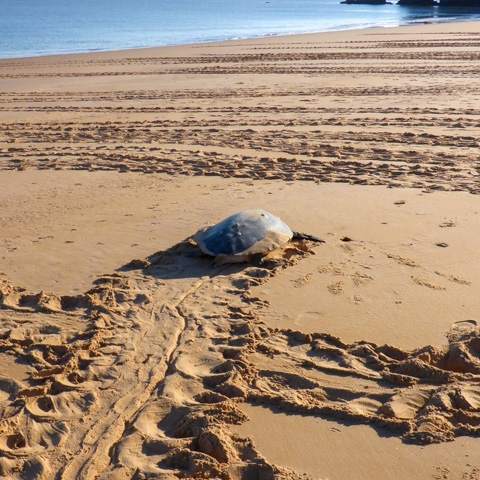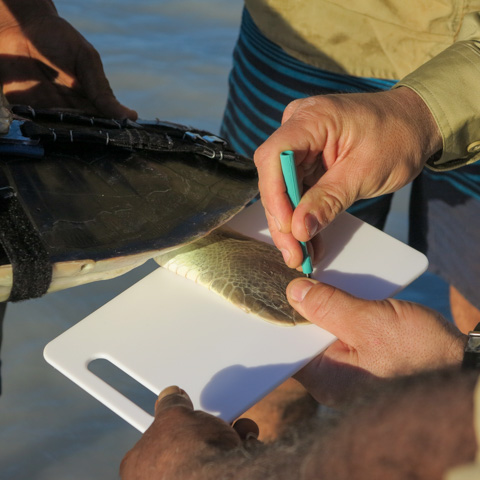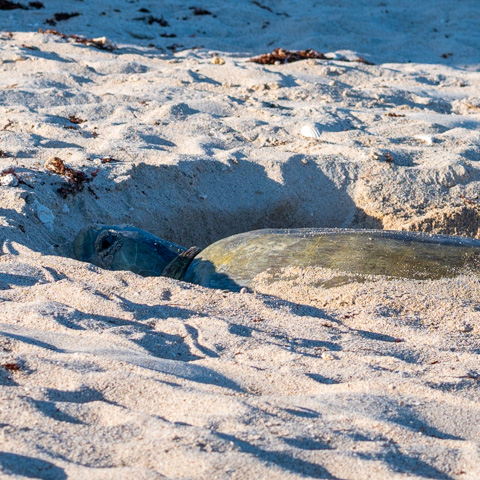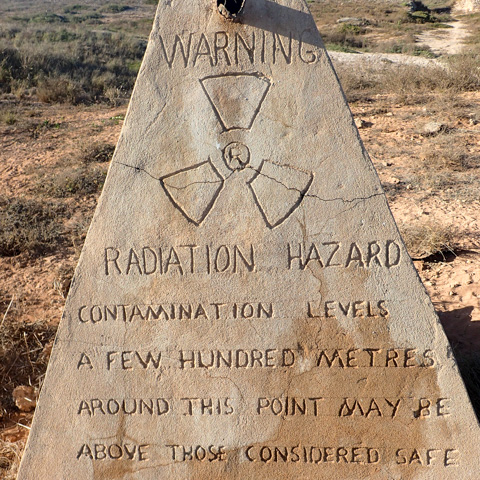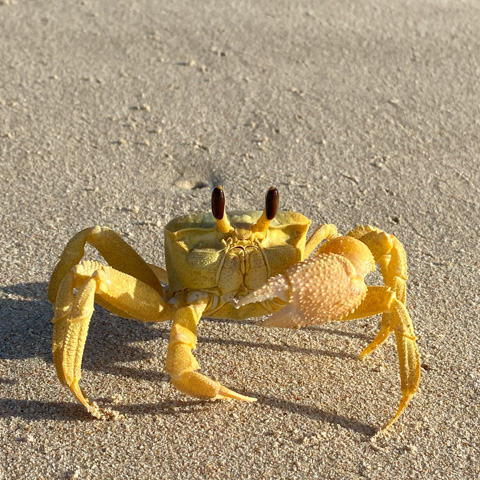Understanding the distribution and migration patterns of an endemic turtle
Flatback turtles are unique. They are endemic, only nesting on the beaches of northern Australia and spending most of their time in Australian waters. They are also the only species of marine turtle that do not have an oceanic stage in their development, instead staying within the shallower waters of the continental shelf. Limited data is available about their migration patterns, and understanding these movements is instrumental to the NWSFTCP's core objective of reducing interference to key feeding and breeding locations.
What we know so far
Satellite tracking and flipper tagging techniques are used to explore flatback turtle migration between nesting seasons. Other novel techniques have been used to understand specific stages within their lifecycle; environmental DNA, particle tracking, acoustic telemetry, and the assessment of mitochondrial DNA and microsatellite loci. Through this combination of methods, flatback distributions and movements across their life cycle are being unpacked, and assessments of their overlap with marine protected areas and threat exposure during these times of movement are informing conservation management decisions.
I still call Australia home video to go here
Research highlights
Flatback turtles are true Aussie explorers. Traversing the waters of northern Australia, they migrate hundreds of kilometres between their nesting beaches and foraging grounds, with females only laying their eggs on Australian beaches. Their movements across these remote areas remained a mystery until recently, when satellite tracking units were used over 15 years to follow 280 flatbacks along their journeys through our oceans.
Using this technology, scientists revealed that flatbacks spend 99.5% of their time in Australian waters. They were also able to determine where flatback inter-nesting, migration, and foraging areas are protected by existing marine reserves, or could be protected by new ones. This research highlights the value of collaboration in generating datasets, which can be used to help conservationists make informed decisions about the protection of key marine habitats and ensure a safe future for our flatbacks.
This research was led by DBCA/NWSFTCP , in collaboration with Pendoley Environmental, the Australian Institute of Marine Science, Biomaths Consulting, Rio Tinto, and Conservation Volunteers Australia.
Little is known about where flatback hatchlings go during the first few months of their life, with knowledge of their behaviour for this time being almost impossible to obtain with existing technology. As hatchlings are too small to be tracked using satellite telemetry, researchers used a particle tracking model to predict areas where early life stage flatback turtles are most likely to be found. The results were then overlapped with two identified threats for hatchlings: in-water artificial infrastructure and artificial light.
The results showed that most of the core area used by flatbacks during early dispersal (days 1-4 and 10-15) contained at least one of the two threats, while less than half of the area used between day 25-30 was exposed to threats. These results can be used to guide future management and conservation of flatback turtle hatchlings.
This research was led by the Australian Institute of Marine Science in collaboration with DBCA/NWSFTCP, The University of Western Australia and Pendoley Environmental.
The use of environmental DNA (eDNA) has been explored as a sensitive, cost-effective and non-invasive solution to the lack of data surrounding the distribution of aquatic and semi-aquatic reptiles in Northern Australia (including flatback turtles). The primary purpose of this study was to design a metabarcoding assay (a technique that allows for simultaneous identification of many species within a single sample) for reptile groups in Northern Australia, and then test this on water samples collected from Broome (WA) and Cooktown (QLD).
Nine reptile species were detected from 10 of the 16 sampled sites, however there were instances where species were observed but did not show up in the sample. This shows that more research is required to assess the reliability, strengths and limitations of this method before it can be integrated as a broad scale bioassessment tool. With further research to refine the process, this shows promise for an accessible way to gather distribution data for flatback turtles and other reptiles in the future.
This research was led by Curtin University, in collaboration with DBCA/NWSFTCP and the Environmental Protection Authority Wellington.
If a turtle has been stranded on a beach and then rehabilitated, when and where is the best time and place to release it? Researchers used particle tracking models to simulate the release of different species of neonate turtles at seven locations across Western Australia at different times of the year and under different oceanic conditions. The modelling clearly identified regions and months where ocean currents were more favourable for transport to suitable habitats, which can be used to guide conservation management decisions, develop rehabilitated turtle release protocols within Western Australia and achieve the best outcome for the released turtle.
This research was led by The University of Western Australia’s School of Animal Biology, in collaboration with DBCA/NWSFTCP, The University of Western Australia’s Oceans Institute and the Australian Institute of Marine Science.
Researchers

Dr Scott Whiting
Principal Research Scientist
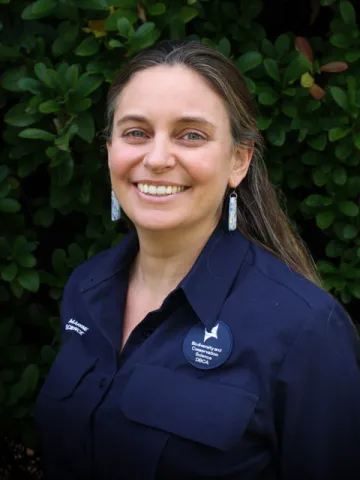
Dr Sabrina Fossette
Senior Research Scientist

Dr Tony Tucker
Senior Research Scientist






